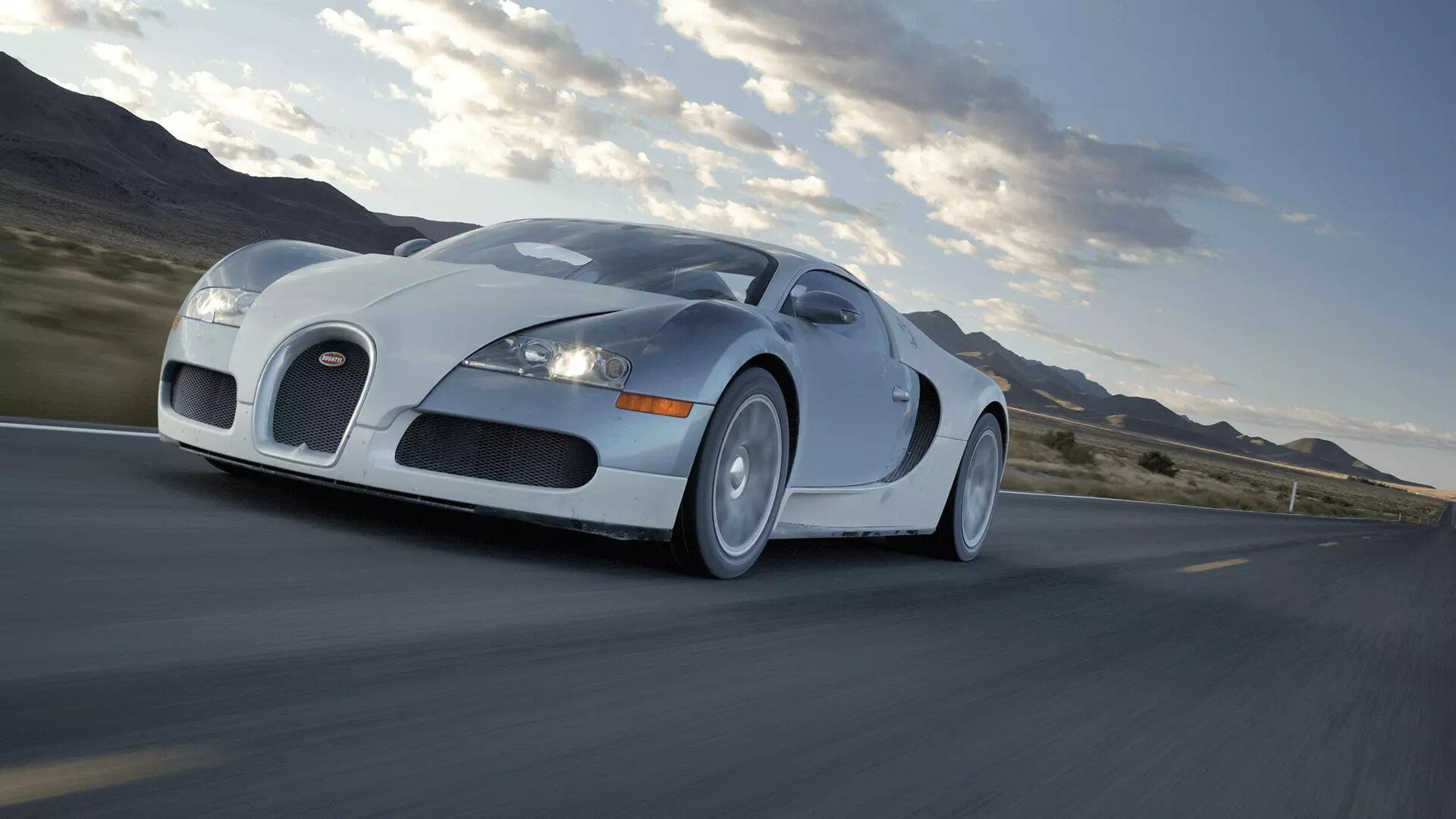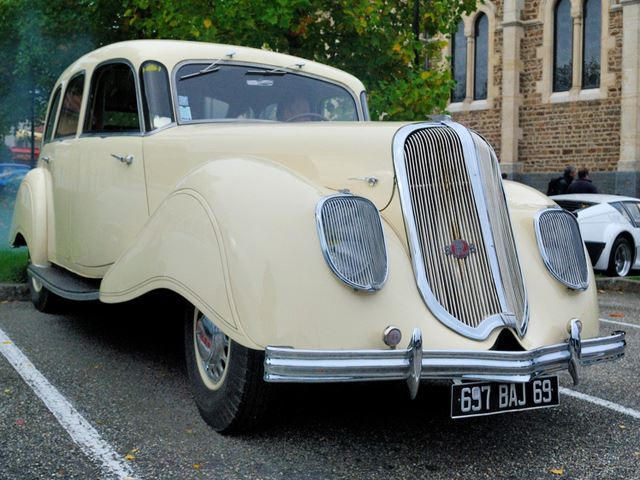
Technically speaking, Panhard still exists as a manufacturer of light military vehicles, but its days of making cars came to an end decades ago, despite being a pioneer in several areas. Panhard cars set the standard for efficiency through lightness, and would even dominate their class for a period at Le Mans. Unfortunately, all of this came at a time when efficiency was not the top priority of the car buying public, and Panhard would slowly fade away.
Pandhard was originally founded as Panhard et Levassor in Paris in 1887 by Rene Panhard and Emile Levassor. Although the "Levassor" would eventually be dropped from the name of the company, the original logo with an interlocking P and L is still used to this day. The early cars were a series of one-offs, some with radically different designs, but all powered by a Daimler-designed engine, built under license. It was in 1891 when Panhard built a car in which the rear wheels were driven, but the engine and radiator were in the front. This was the first FR car in the world, and this layout is still sometimes referred to as "Systeme Panhard".
Levassor would leave the company in 1897 and Panhard brought in Arthur Krebs as the new general manager. Under Krebs, Panhard would achieve a high degree of success in racing, and would become one of the biggest vehicle producers in the world prior to WWI. The period between the wars saw continued growth, as well as an expansion into building railbuses. A number of elegant Art Deco designs came from this period as well. This included the surprisingly aerodynamic 1935 Dynamic, a vehicle on par with the Chrysler Airflow which debuted the year before.
Following WWII, the company's name was officially shortened to just Panhard and it was decided that the company would completely change their approach to selling cars. Both money and the materials to build cars were in short supply in France immediately after WWII, hence the popularity of such minimalist vehicles as the Citroen 2CV. So Panhard decided that something also compact, light and efficient was the way to go. Thus we have the Dyna X, a car built principally out of aluminum and powered by an air-cooled 600cc two-cylinder boxer engine.
It was never a big seller, but when the engine size was increased to 850cc and power was up 40 horsepower for the featherweight 1,200-lb car, it was found that it was notably faster than it more relentlessly utilitarian competition. A genuine sports car was built in 1951, known as the Junior CC. It had the same 850cc engine, although a 65-horsepower supercharged version was offered. It wasn't quite a supercar, but with a weight of 1,400 lbs, it could easily keep up with the contemporary British offerings. The Dyna X was followed up by the Dyna Z, which turned out to be a much more successful car.
The Dyna Z was very light and efficient, but also offered a much bigger body, and room for six. The problem was, although it grabbed a bigger share of the market, it was a market that would start to shrink as France began to recover from the war and such super-economy vehicles began to look less interesting. Part of the success of the Dyna Z was due to Citroen purchasing 25 percent of the company in 1955. This gave Panhard access to Citroen's dealer network, giving sales a big boost. Another factor was Panhard's participation in motorsports in the early Fifties.
A sort of economy car class existed at Le Mans in those years, and Panhard won the class every year from 1950 to 1953. The 1955 Le Mans disaster would cause them to back away from racing, but teams using Panhard cars would continue to race and enjoy success. In 1963, Panhard would debut the 24, which would take a number of different forms over the next few years, including a slightly strange long-wheelbase coupe. These were certainly nice cars, and indeed even somewhat exotic. But even in their most powerful form, they only produced 50 horsepower.
Weight was relatively low, but at 1,900 lbs, it was still noticeably heavier than the previous cars which had used the 850cc engine. The Sixties were all about speed, and a car this exotic-looking really needed performance to match its looks. So Citroen was able to completely take over the company in 1965, and by 1968, the entire civilian vehicle side of the company was shut down and its factories converted to Citroen production. But even now you can still sometimes find a newer Panhard in civilian hands, as certain of its military vehicles are sometimes sold as surplus by any of the 50 or so militaries that use them.

